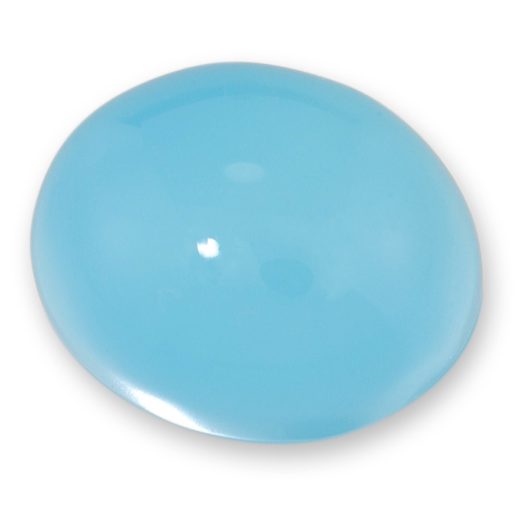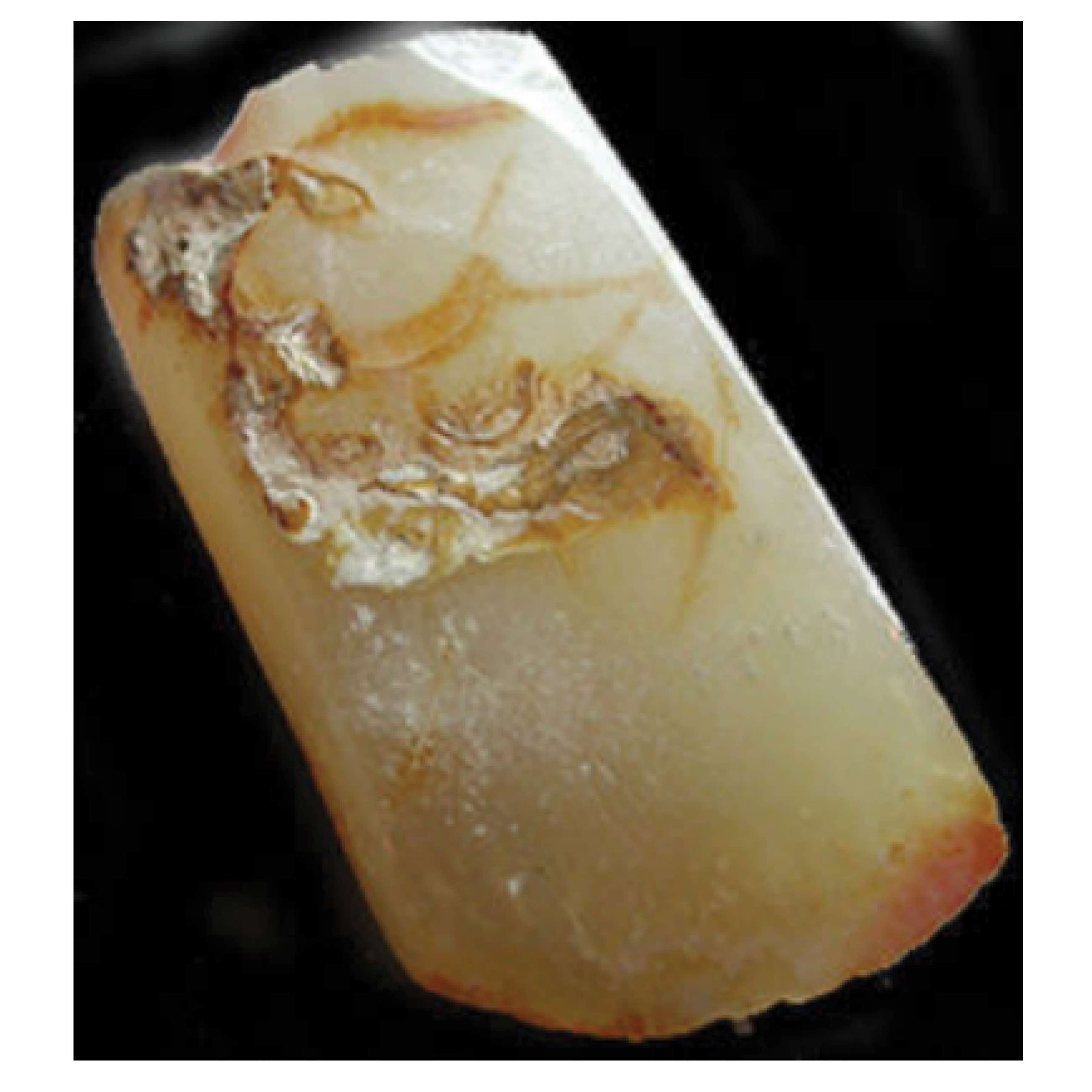
CHALCEDONY

HISTORY
Chalcedony was a treasured gemstone of the ancient world. No important Roman was without a seal, amulet or signet ring carved from this fine, durable material. The Victorians, too, chose chalcedony for carved cameos and intaglios; its fine texture allows for intricate craftsmanship. Today, jewelry designers love its glowing, translucent tones and its wide range of colors and shapes.

ORIGINS
SELECTING A STONE
Chalcedony is best known for its variety of colors and patterns. The translucent stripes and bands of agates, the rich green and brown of fine-grained jasper, the plan-like forms of moss agate, the green and red pattern of bloodstone, the translucent orange-red of carnelian and apple-green of chrysoprase, and the striking black of onyx are all faces of this versatile quartz gem.
Durable and easy to care for, chalcedony has a hardness of 7 and enviable toughness, even when carved in ornate designs. For safe cleaning, wash with warm water and a mild dish soap and let dry. Like all fine jewelry, chalcedony should be removed before sleeping.



